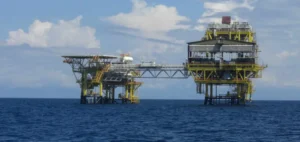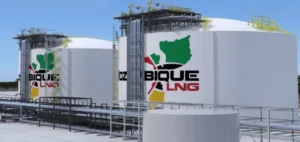Global demand for U.S. LNG exports continues to drive near-term gas market expansion, driven by continued production growth associated with the Permian and Haynesville fields, according to a recent report from Wood Mackenzie.
Global LNG Demand: Growth Driver and Long-Term Outlook
According to Dulles Wang, director of gas and LNG research for the Americas at Wood Mackenzie, “LNG export growth will drive the market for many years, but will slow significantly in the 2030s, with domestic gas demand peaking in the mid-2030s as demand from the electric power sector gives way to increased renewable energy penetration, albeit at a slower pace than our previous forecast, due to power transmission and gas market resilience constraints.” He also added that “as the gas industry continues to innovate and transform, these low-carbon alternatives will help support demand for natural gas and meet North American emissions reduction goals.”
According to the report, the North American gas market will stabilize at around 150 billion cubic feet per day (bcfd) in the 2040s, an increase of 2 bcfd from the last Wood Mackenzie update in October 2022. The report also notes that beyond 2035, decarbonization initiatives could create a pathway for continued gas demand momentum, particularly in the industrial sector, through carbon capture and underground storage (CCUS), blue hydrogen, renewable natural gas (RNG) and certified gas programs.
“In the context of the energy transition, resilient gas demand and emissions reduction are not necessarily mutually exclusive,” Wang said. “Our forecast shows that natural gas will play a central role in the energy transition in North America, with the rise of blue hydrogen production, low-carbon industrial projects and as a backup source for renewable energy generation. Tax credits and policy support via the Inflation Reduction Act (IRA) and various local and state initiatives in the industrial and transportation sectors are paving the way for increased use of natural gas beyond its traditional form.”
Natural gas: a key pillar in North America’s energy transition
This Wood Mackenzie report highlights the growing importance of natural gas in the North American energy landscape. While demand for U.S. LNG exports continues to drive growth in the near term, the expected slowdown in the 2030s and the transition to more renewable energy sources indicate a changing market. However, the report also notes that natural gas will continue to play a critical role in the energy transition through decarbonization initiatives and low-carbon alternatives such as blue hydrogen and renewable natural gas.
Ultimately, the future of the North American natural gas market will depend on the industry’s ability to adapt to the changes taking place and to seize emerging opportunities. While natural gas demand could peak in the 2030s, decarbonization initiatives offer a way to maintain demand and support emission reduction goals. While the transition to cleaner, more sustainable forms of energy is a priority, natural gas will continue to play a key role in the energy transition in North America.






















